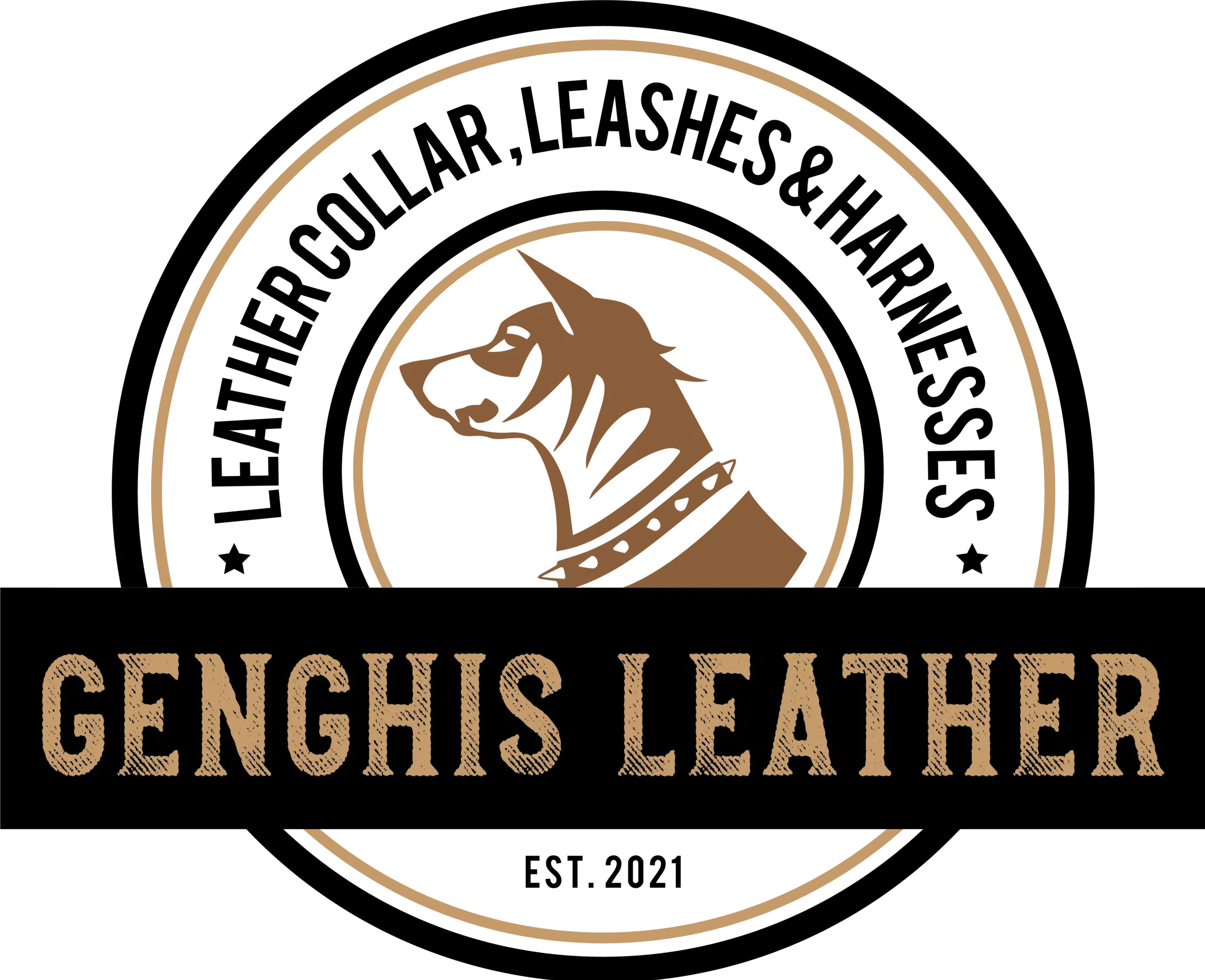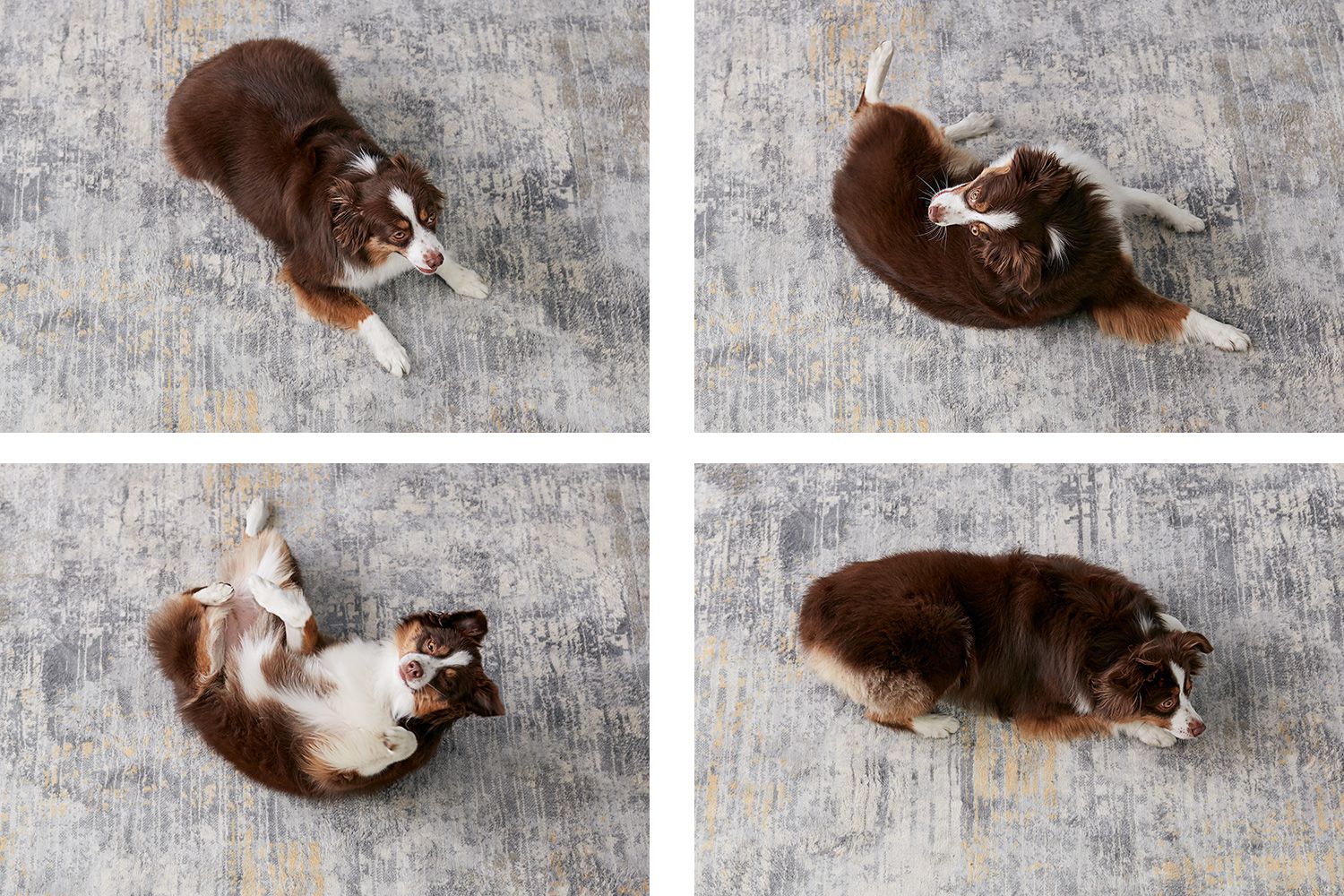How to Teach Your Dog to Roll Over: Easy Steps for a Fun Trick 2024 Guide
Ever wondered how to teach your furry friend that classic trick that never fails to impress? Teaching a dog to roll over isn’t just a fun party trick; it’s a great way to bond with…
Ever wondered how to teach your furry friend that classic trick that never fails to impress? Teaching a dog to roll over isn’t just a fun party trick; it’s a great way to bond with your pet and enhance their mental stimulation.
We’ll guide you through the process of teaching your dog to roll over, step by step. From the basics of positive reinforcement to troubleshooting common challenges, we’ve got you covered. Whether you’re a first-time dog owner or a seasoned trainer, you’ll find valuable tips to make this experience enjoyable for both you and your canine companion.
Understanding the “Roll Over” Command
Teaching a dog to roll over is a fun and captivating trick that strengthens the bond between pet and owner. We’ll explore the steps and key points to master this command effectively.
Benefits of Teaching Your Dog to Roll Over
Teaching your dog to roll over offers many advantages:
- Mental stimulation: This trick challenges your dog’s cognitive abilities, keeping their mind sharp and engaged.
- Physical exercise: Rolling over provides gentle physical activity, especially beneficial for less active dogs.
- Improved obedience: Learning new commands enhances overall obedience and responsiveness.
- Bonding opportunity: The training process strengthens the connection between you and your furry friend.
- Party trick: It’s an impressive skill to showcase to friends and family, highlighting your dog’s intelligence.
- Confidence boost: Mastering new tricks boosts your dog’s confidence and self-esteem.
- Foundation for advanced tricks: Rolling over serves as a stepping stone for more complex commands.
By incorporating roll over into your dog’s repertoire, you’re not just teaching a trick; you’re fostering a well-rounded, mentally stimulated, and obedient companion.
Preparing for Training
Before teaching your dog to roll over, it’s crucial to set the stage for success. We’ll cover how to choose the right environment and gather necessary supplies to ensure effective training sessions.
Choosing the Right Environment
Selecting an ideal training space is essential for teaching your dog to roll over. We recommend a quiet, distraction-free area where your dog can focus on learning. This environment helps maintain their attention and reduces stress during training. Ensure the space is comfortable and safe for your dog, avoiding hard or slippery surfaces that could cause discomfort or injury. A carpeted room or a grassy outdoor area with minimal foot traffic works well. Remember to keep the training area consistent, as familiar surroundings can help your dog feel more at ease and receptive to learning new commands.
Gathering Necessary Supplies
To teach your dog to roll over effectively, you’ll need a few key supplies. First and foremost, stock up on small, tasty treats that your dog finds appealing. These treats serve as positive reinforcement and motivation during training sessions. Choose treats that are easy to break into small pieces, allowing for multiple rewards without overfeeding.
A clicker can be a useful tool for marking desired behaviors, though it’s not essential. If you’re training on a hard surface, consider using a soft mat or blanket to provide comfort for your dog. Finally, have patience in abundance – it’s the most crucial supply in your training toolkit. With these supplies on hand, you’re well-prepared to start teaching your dog this fun and captivating trick.

Step-by-Step Guide to Teaching Roll Over
Teaching your dog to roll over can be a fun and rewarding experience. We’ll guide you through the process, breaking it down into manageable steps.
Starting with “Lie Down”
To begin teaching your dog to roll over, start with the “lie down” command. If your dog isn’t familiar with this command, use a treat to lure them into position. Hold the treat close to their nose and slowly move it downward toward their paws. This encourages them to follow the treat with their head, eventually lying down. Once your dog is consistently responding to the “lie down” command, you’re ready to move on to the next step. Remember to praise and reward your dog each time they successfully lie down, reinforcing the behavior.
Luring the Roll
With your dog in the down position, it’s time to lure them into a roll. Hold a treat near their nose and move it slowly towards their shoulder. This motion encourages your dog to turn their head and shift onto their side. Continue moving the treat around their head and body, guiding them to roll onto their back and then to the other side. As soon as your dog completes the roll, immediately reward them with the treat and plenty of praise. Practice this luring technique several times, gradually reducing your hand motion as your dog becomes more familiar with the movement.
Adding the Verbal Cue
Once your dog consistently follows the treat lure to roll over, it’s time to introduce the verbal cue. Say “roll over” in a clear, upbeat voice just before you begin the luring motion. Repeat this process several times, always saying the cue before the hand motion. As your dog becomes more familiar with the command, start saying it slightly earlier in the process. Eventually, your dog will associate the verbal cue with the action of rolling over. Remember to always reward and praise your dog when they complete the roll, reinforcing the connection between the cue and the action.
Practicing Without Treats
As your dog becomes more proficient at rolling over on command, start gradually reducing the use of treats. Begin by occasionally replacing the treat reward with enthusiastic praise and petting. Vary the rewards to keep your dog engaged and motivated. Sometimes use treats, other times use verbal praise or a favorite toy. This helps prevent your dog from becoming dependent on treats to perform the trick. Practice the roll over command in different locations and with varying levels of distraction to solidify the behavior. Remember to keep training sessions short and fun, ending on a positive note to maintain your dog’s enthusiasm for learning.
Troubleshooting Common Challenges
Teaching a dog to roll over can present some obstacles. We’ll address two common challenges: reluctant dogs and those with physical limitations.
Dealing with Reluctant Dogs
Reluctant dogs may not understand the roll over command or feel uncomfortable performing it. Here’s how to address this:
- Use positive reinforcement consistently
- Break the trick into smaller steps
- Practice in a quiet, comfortable environment
- Increase motivation with high-value treats
- Be patient and avoid forcing the behavior
Recent research by Kerri Norman and colleagues suggests that rolling over isn’t always a submissive behavior. It’s often a tactical move during play. Understanding this can help us approach training more effectively, focusing on making the experience enjoyable rather than assuming reluctance stems from fear or submission.
Addressing Physical Limitations
Some dogs may have physical issues that make rolling over difficult or uncomfortable:
- Consult a veterinarian to rule out any underlying health concerns
- Adapt the trick for dogs with joint problems or obesity
- Use softer surfaces like carpets or mats for comfort
- Consider alternative tricks that are easier on the dog’s body
- Break the movement into smaller, manageable parts
- Reward any progress, no matter how small
For older or less agile dogs, we can modify the roll over command to a partial roll or a different trick that’s more suitable for their physical capabilities. The goal is to keep training positive and customized to each dog’s individual needs and abilities.
Advanced Training Tips
Once your dog has mastered the basic roll over command, it’s time to take their training to the next level. We’ll explore how to incorporate this trick into more complex routines and use it for mental stimulation.
Incorporating Roll Over into Trick Routines
To elevate your dog’s roll over skills, combine it with other commands for impressive trick routines. Start by linking roll over with simple tricks like sit and stay. For example, ask your dog to sit, then stay, followed by roll over. Gradually increase complexity by adding more commands to the sequence. Try incorporating roll over into a “play dead” routine or use it as part of a longer sequence of tricks.
Practice transitioning smoothly between commands, rewarding your dog for successful completions. Vary the order of tricks to keep your dog engaged and prevent predictability. Remember to use clear verbal cues and hand signals for each command in the routine. With consistent practice, your dog will learn to perform impressive multi-step trick routines that showcase their roll over skills.
Using Roll Over for Mental Stimulation
Roll over isn’t just a fun trick; it’s an excellent tool for mental stimulation. To challenge your dog’s mind, incorporate roll over into problem-solving games. Hide treats around the room and ask your dog to roll over near each hiding spot to earn the reward. This combines scent work with the physical act of rolling over.
Create an obstacle course where your dog must roll over at exact points to progress. Use roll over as part of a “follow the leader” game, where your dog mimics your actions, including rolling over. Teach your dog to roll over on different surfaces or in various locations to add complexity. Incorporate roll over into trick chains, asking your dog to perform multiple rolls in different directions. These mentally stimulating exercises keep your dog’s mind sharp and reinforce their roll over skills in diverse contexts.
Conclusion
Teaching your dog to roll over is more than just a fun trick. It’s a gateway to strengthening your bond and improving your pet’s mental agility. We’ve provided you with the tools and techniques to make this training journey successful and enjoyable for both you and your furry friend.
Remember, patience is key. Every dog learns at their own pace, so celebrate small victories along the way. With consistent practice and positive reinforcement, you’ll soon have a clever canine who can impress with their roll over skills. So grab those treats, find a comfy spot, and start rolling into a industry of fun and learning with your four-legged companion!

